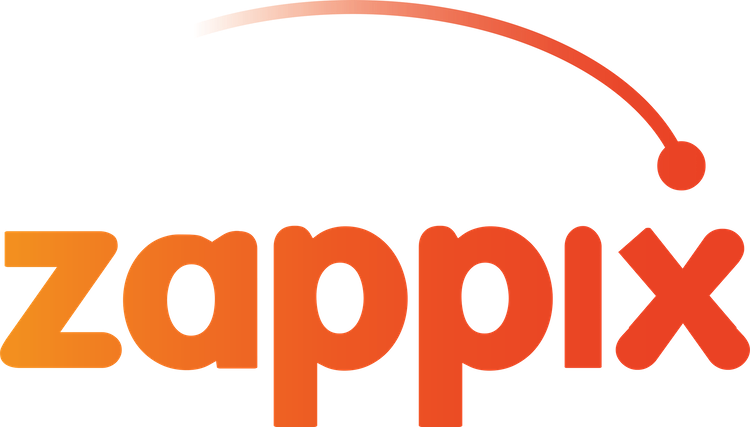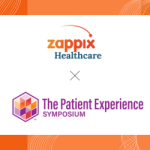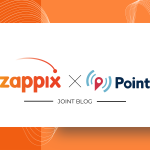As we recognize Access Week 2025, it’s clear that the healthcare industry has reached an inflection point. No longer is “patient access” confined to scheduling appointments or answering calls—it’s now a comprehensive, strategic function that shapes the entire patient experience, impacts outcomes, and influences financial performance.
This year’s theme, “Tapestry of Life,” emphasizes resilience, collaboration, and empowerment. And rightly so. Healthcare organizations are under pressure from every angle: evolving patient expectations, labor shortages, razor-thin margins, and increased competition from non-traditional entrants. Access teams are on the front lines of this transformation—bridging the gap between clinical excellence and consumer-grade convenience.
The Consumerization of Healthcare Continues
Patients today don’t compare their healthcare experience to last year’s clinic visit—they compare it to how easily they booked a rideshare or ordered groceries online. If access is complicated, fragmented, or slow, the risk of patient leakage rises dramatically. Convenience has become non-negotiable.
Yet many organizations still struggle with disconnected systems, outdated communication channels, and resource-constrained teams. It’s no longer enough to simply “answer the phone.” Patients want omnichannel, personalized, self-service options that respect their time and preferences—without sacrificing quality or empathy.
Digital Innovation With a Human Touch
The most effective access strategies in 2025 blend automation with human-centric design. Digital self-service should empower patients, not frustrate them. AI-driven engagement should simplify processes, not add noise. And technology should augment access teams—not replace them.
Leading organizations are adopting proactive outreach, intelligent routing, and automated workflows to close gaps in care, reduce no-shows, and improve patient satisfaction. They’re moving beyond reactive models and toward orchestrated, connected experiences that feel intuitive—because they are.
Access is a Strategic Asset
Patient access is no longer a backend function—it’s a strategic asset. The data flowing through access channels is rich with insights: Where are patients dropping off? What services are in highest demand? Where are bottlenecks occurring? When leveraged correctly, access can be the engine for continuous improvement across the enterprise.
This Access Week, let’s celebrate the incredible work access teams do—but let’s also elevate the conversation. Patient access deserves a seat at the strategic table. It’s time to stop treating it as a cost center and start recognizing it as a key driver of patient engagement, operational efficiency, and long-term growth.
Looking Ahead
As healthcare continues to evolve, the organizations that will thrive are those that treat access not as a task, but as a transformative experience. Empowering patients with frictionless, digitally connected journeys—while enabling staff with efficient, intelligent tools—is no longer a nice-to-have. It’s essential.
Access Week 2025 is a moment to reflect, but also to look forward. The future of patient access will be defined by how well we remove friction, respond to patient needs in real time, and design systems that work together—seamlessly and intelligently. This is the new standard. And it’s one the industry must embrace to meet the demands of the modern healthcare consumer.
At Zappix, we’re proud to support this evolution by partnering with healthcare organizations that are rethinking access. Our work is grounded in the belief that better experiences begin with smarter engagement—and that access is where transformation starts.





